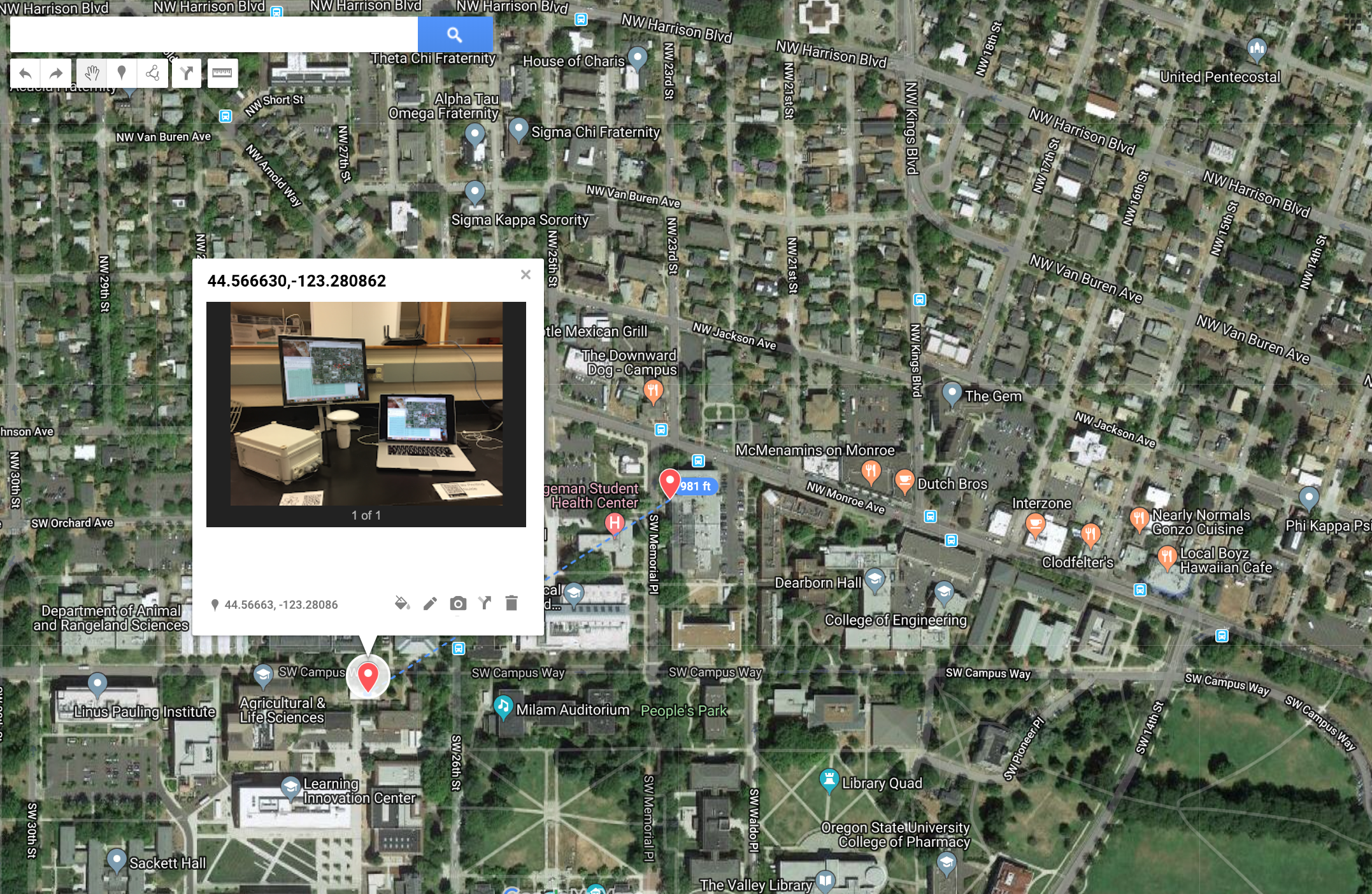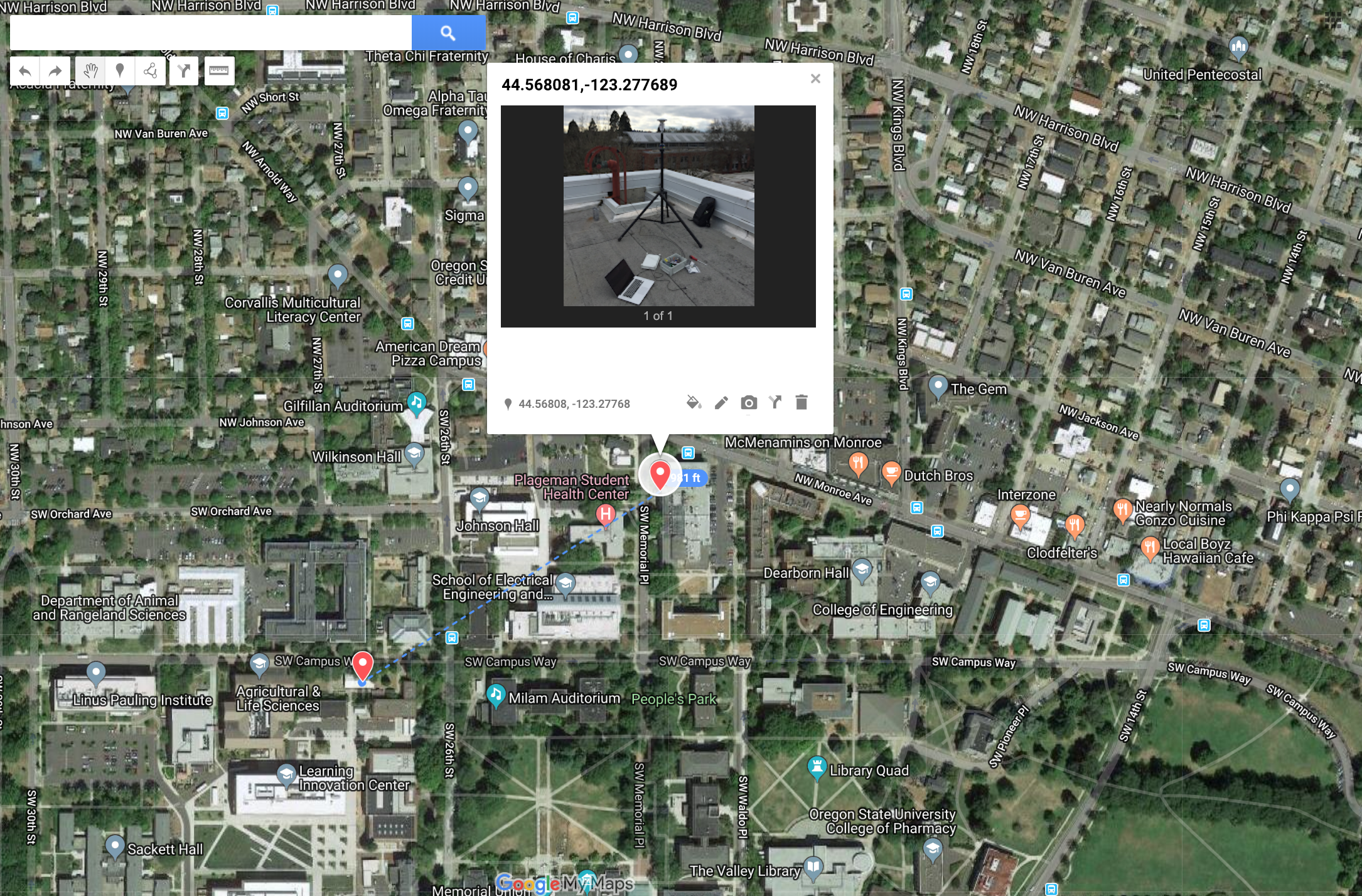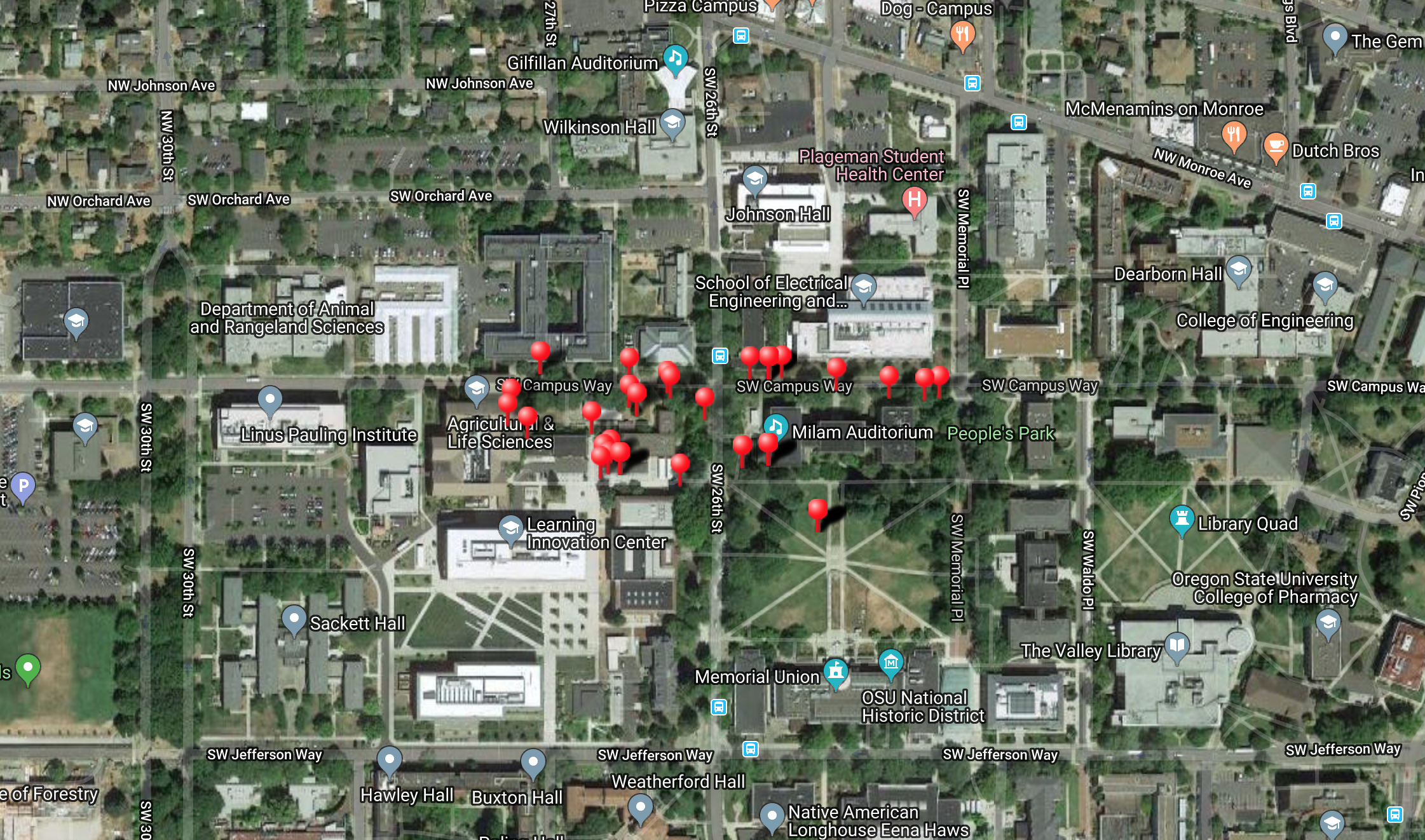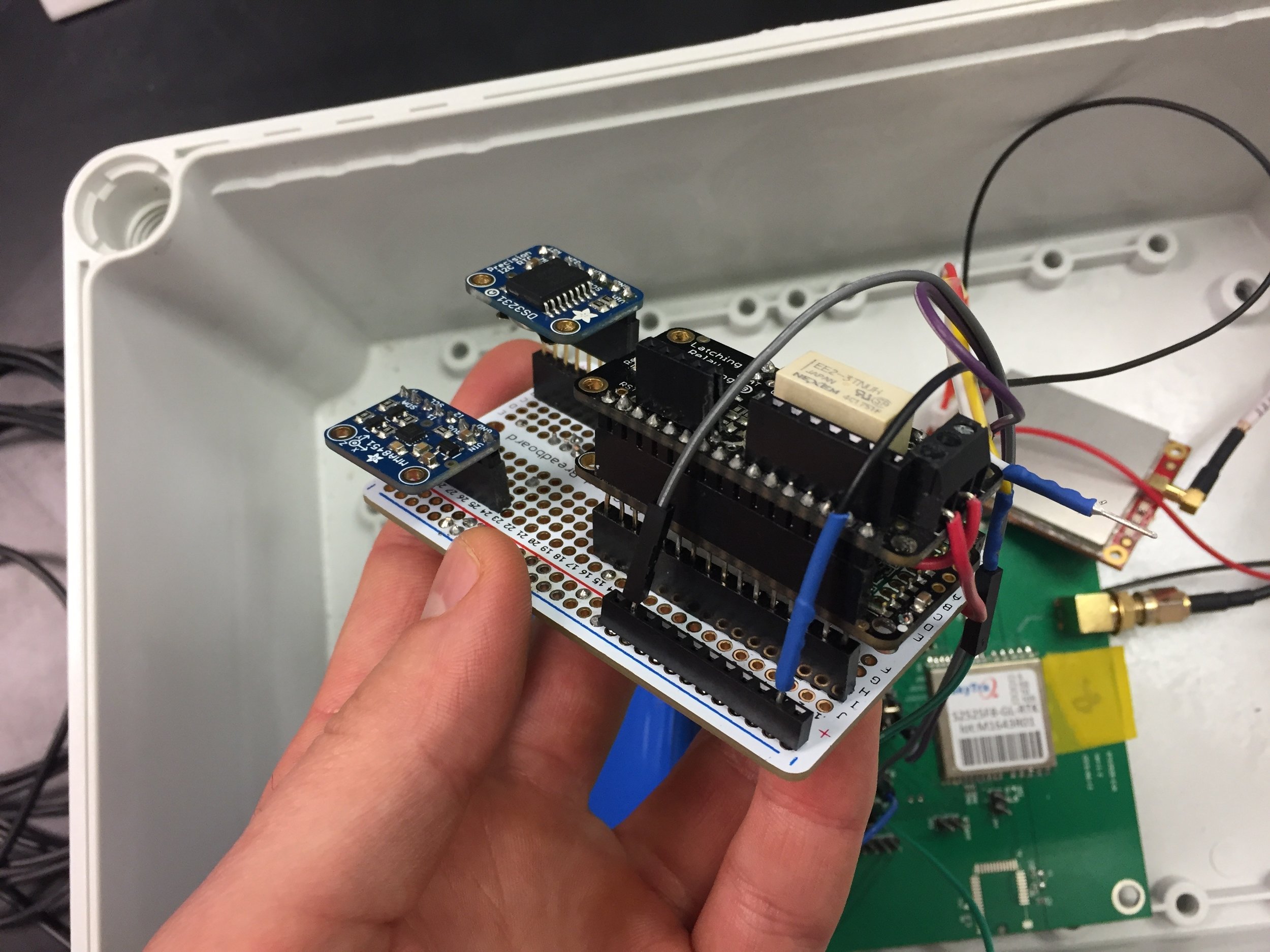By: Alicia Veach
Tests have been conducted on the following sensors: pressure, temperature, turbidity, and electrical conductivity/total dissolved solids. These sensors have been implemented into LOOM_Library. This iteration of Smart Rock will include these six measurements.
In future Smart Rocks, water velocity, dissolved oxygen, pH, and nitrate will be researched for implementation. We look forward to determining the feasibility of these measurements closer to the summer of this year.
Additionally, this Smart Rock will utilize a Reed Switch. The switch allows for the Smart Rock to remain dormant until a user interacts by holding a magnet near the device. Smart Rock can save battery this way.
This Smart Rock will also use a feather m0 adalogger featherwing– an add-on to the feather m0 that has a real time clock and micro SD storage.
For the upcoming weeks, a custom PCB, internal structure, and external structure will be designed to make the Smart Rock compact, water proof, and electronics accessible. A ceramic shell will be custom made to make the device look like a rock while keeping electronics hidden.




